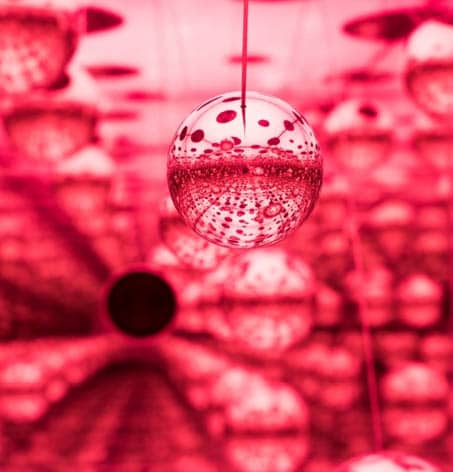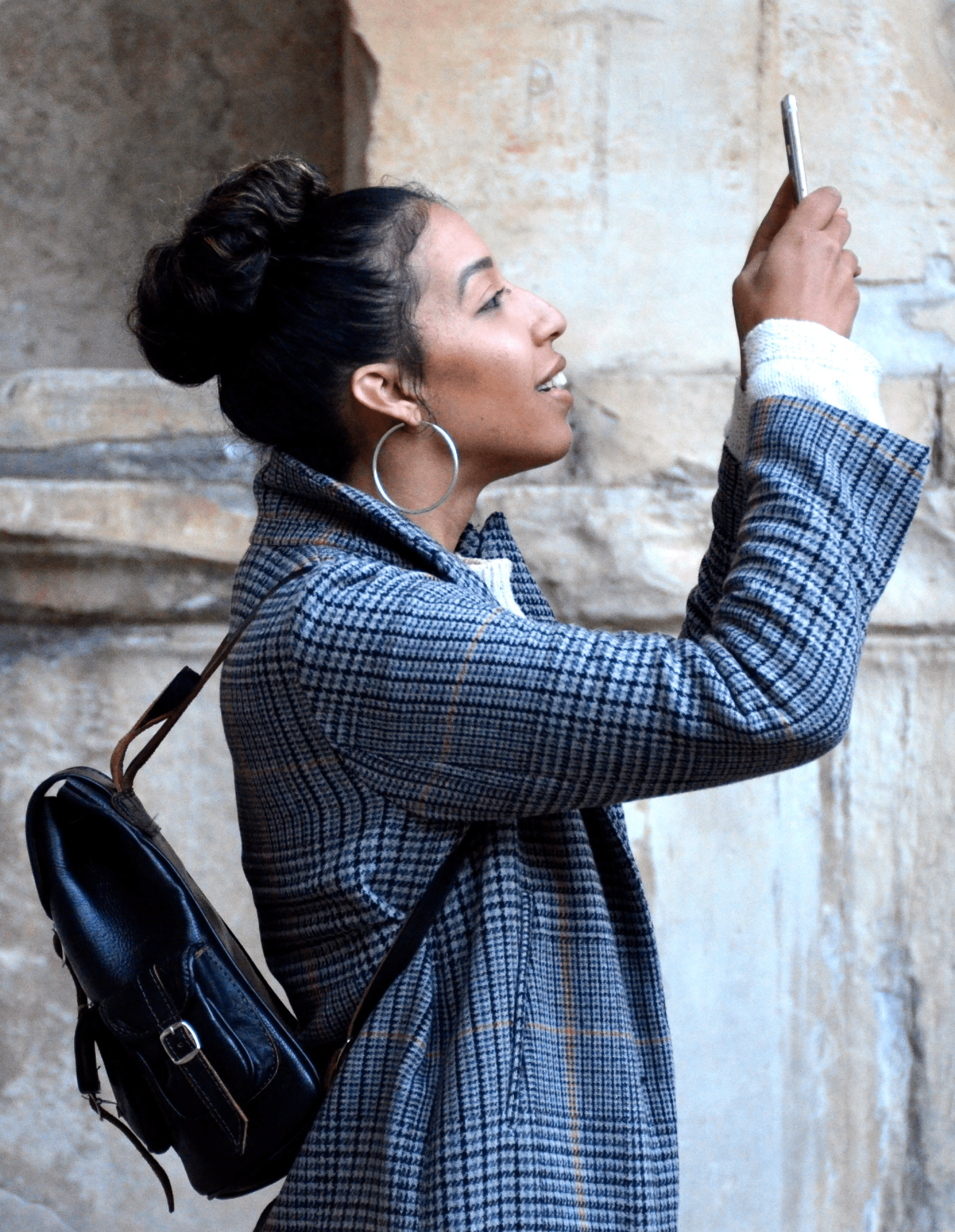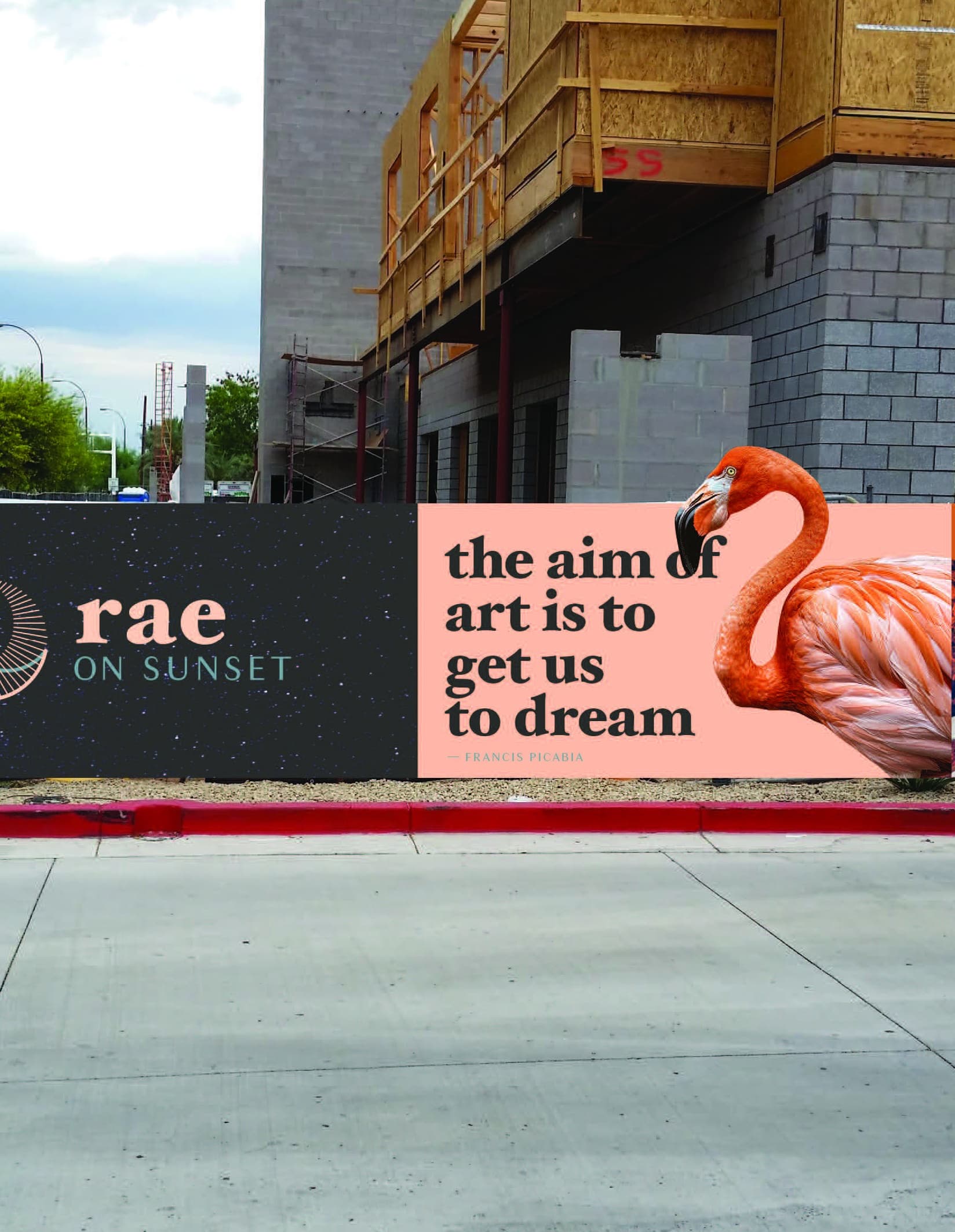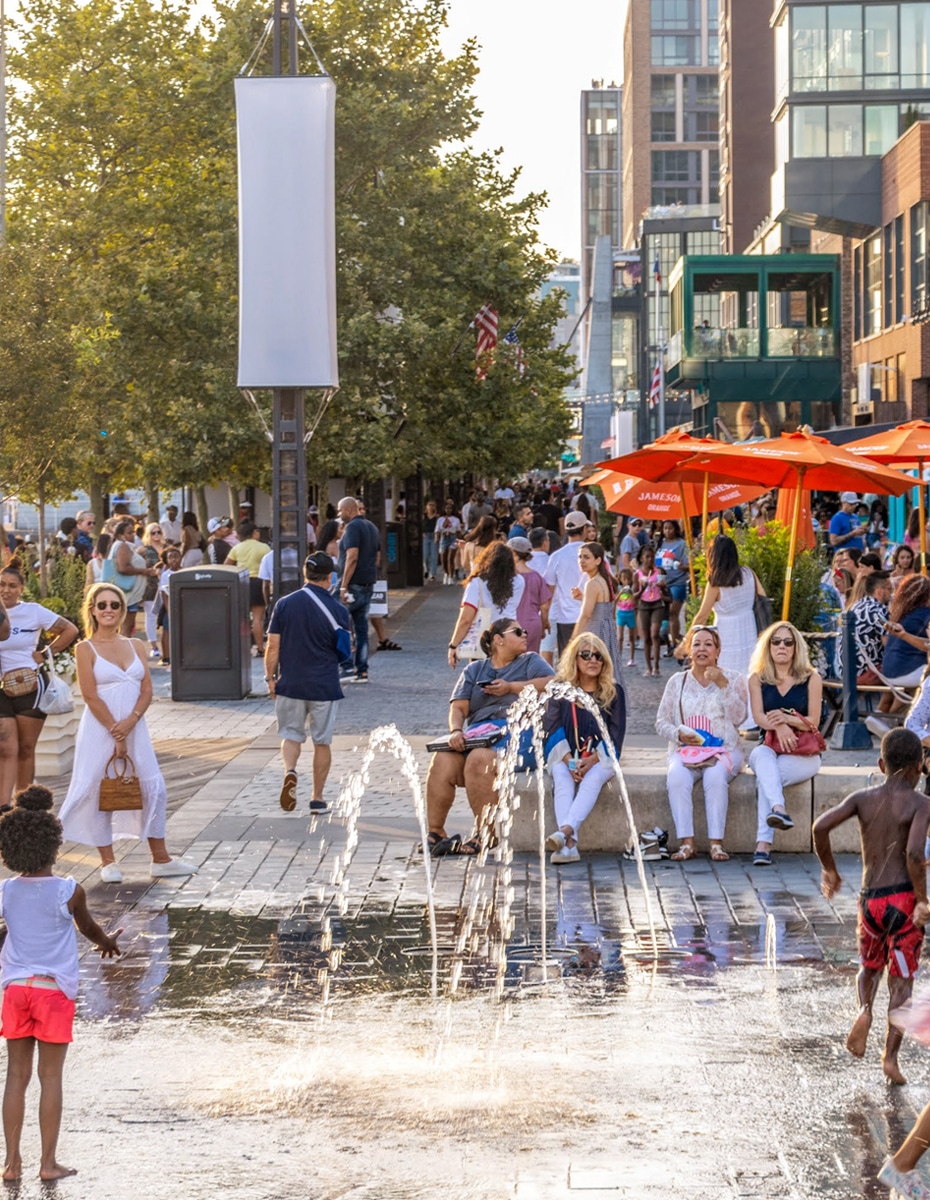Photo of Infinity Mirrored Room – All the Eternal Love I Have for the Pumpkins taken by Nick Joseph
It’s been almost three weeks since the Japanese artist Yayoi Kusama’s “Infinity Mirrors” exhibit opened its doors to the public in D.C., and tickets are still selling out in less than a minute. I was fortunate enough to visit, and learned from a volunteer that The Hirshhorn sold 4,000 museum memberships after releasing a special deal to entice millennials to attend. The spike in memberships led to record-breaking attendance[1] at “Infinity Mirrors,” and this good news posed challenges for the museum when figuring out the correct algorithm for the total of people visiting. I’d never seen so many people at a museum as I did that day, and each person was so eager to capture their moment in an infinity room.
Kusama created her first infinity room, Phalli’s Field, in 1965 as an extension of the repetitive motifs present in her earlier paintings. Kusama intended to add an element of interactivity and connectivity to her work, where one could transcend physical limitations. In 1965, Kusama’s infinity room pioneered the concept of art as an immersive medium. Fast-forward to The Hirshhorn’s curated exhibit of six infinity rooms and Kusama’s work takes on a different meaning — one that the artist may not have even had in mind.

Photo of Infinity Mirrored Room – Love Forever taken by Nick Joseph
“Infinity Mirrors” is currently one of D.C.’s top attractions, and one could argue its success is because the exhibit resonates with the selfie culture we see today. Kusama’s use of mirrors was meant to allow visitors to come face to face with infinite images of themselves that they could contemplate from multiple perspectives. The rooms foster selfies by allowing you to face different angles and unique variations of yourself. When guests photograph themselves and share their photos, it amplifies Kusama’s concept of infinity by entering the boundless space of the Internet. With the introduction of cameras and social media, “Infinity Mirrors” embraces a greater theme of immortalization. When visitors enter The Hirshhorn, employees instruct them to share their photos with the hashtag #InfiniteKusama, encouraging an endless stream of unique reflected images. So even if you never visit “Infinity Mirrors,” the exhibit has spread across your timelines via shared photos or press coverage.
In where we can insert ourselves into the expanse and reflect any image of ourselves that we choose. Even looking closely at the installation, Infinity Mirrored Room – Love Forever, I couldn’t help but see a resemblance between Kusama’s work and common illustrations of what the Internet looks like. “Infinity Mirrors” is timeless — and almost prophetic — in that it’s transcended into a new medium that welcomes the artist’s ideas of love, immortalization and connectivity.
[1] Washington Post
BACK TO LATEST








